Category: my-profile
Daniel Xavier Fleming
transform
Daniel Xavier Fleming
(academic pen-name Dan Fleming)
author 'Making the Transformational Moment in Film'
transform-film.info
-
cinephilia
affect
intensities
inceptions
moments
excess
Reactions
the press called it
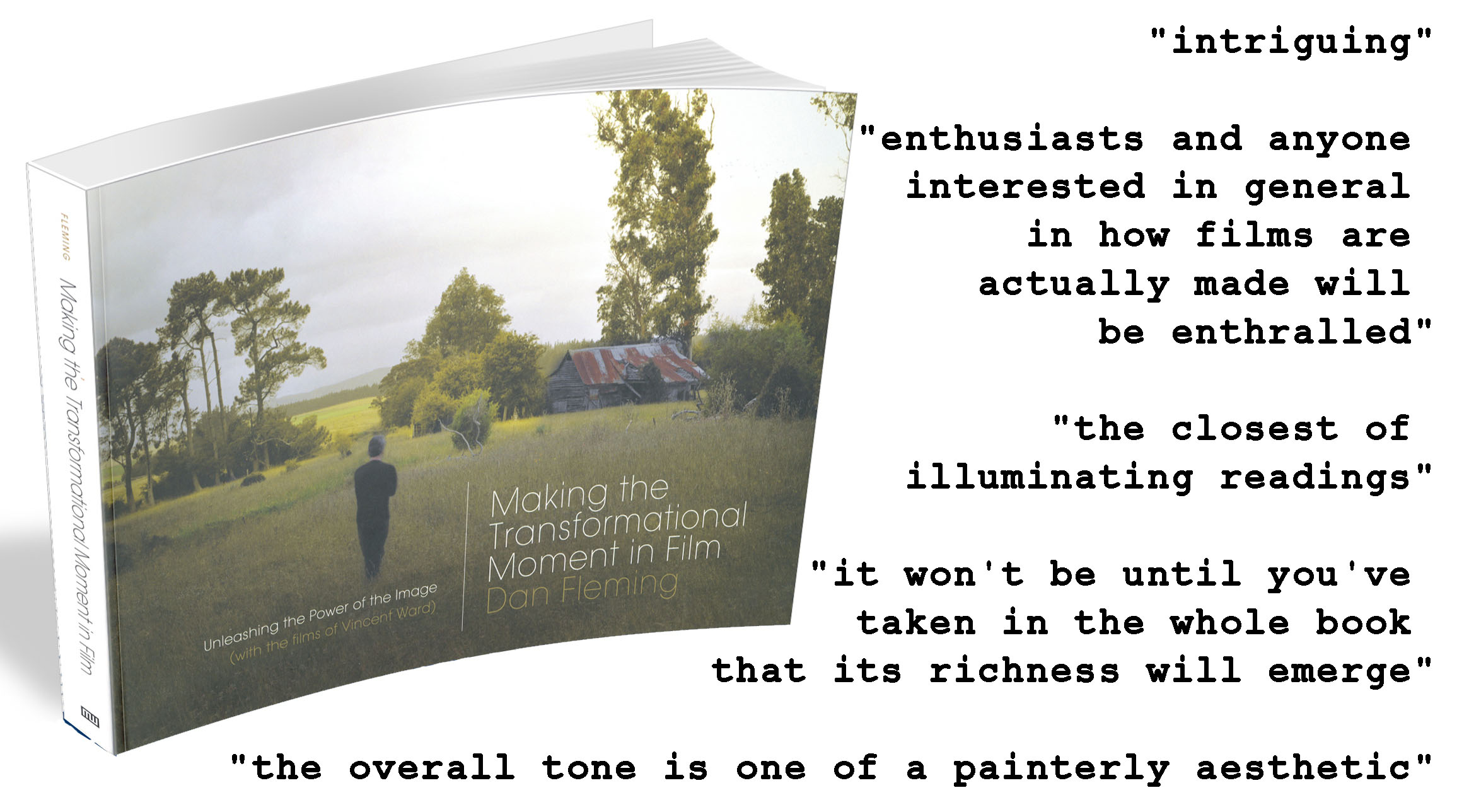

Education
Education
Experience
Skills
unused
unused
unused
Lunused
unused
unused
unused
unused
unused
unused
unused
unused
unused
unused
unused
unused
unused
unused
unused
unused
unused
unused
unused
unused
unused
unused
unused
unused
unused
unused
unused
unused
unused
unused
unused
unused
Services
unused
unused
unused
unused
unused
unused
unused
unused
unused
unused
unused
unused
unused
unused
unused
unused
unused
unused
portfolio
Category: Undefined
Details
Context: Undefined
Materials: Undefined
Notes: Undefined
Vincent
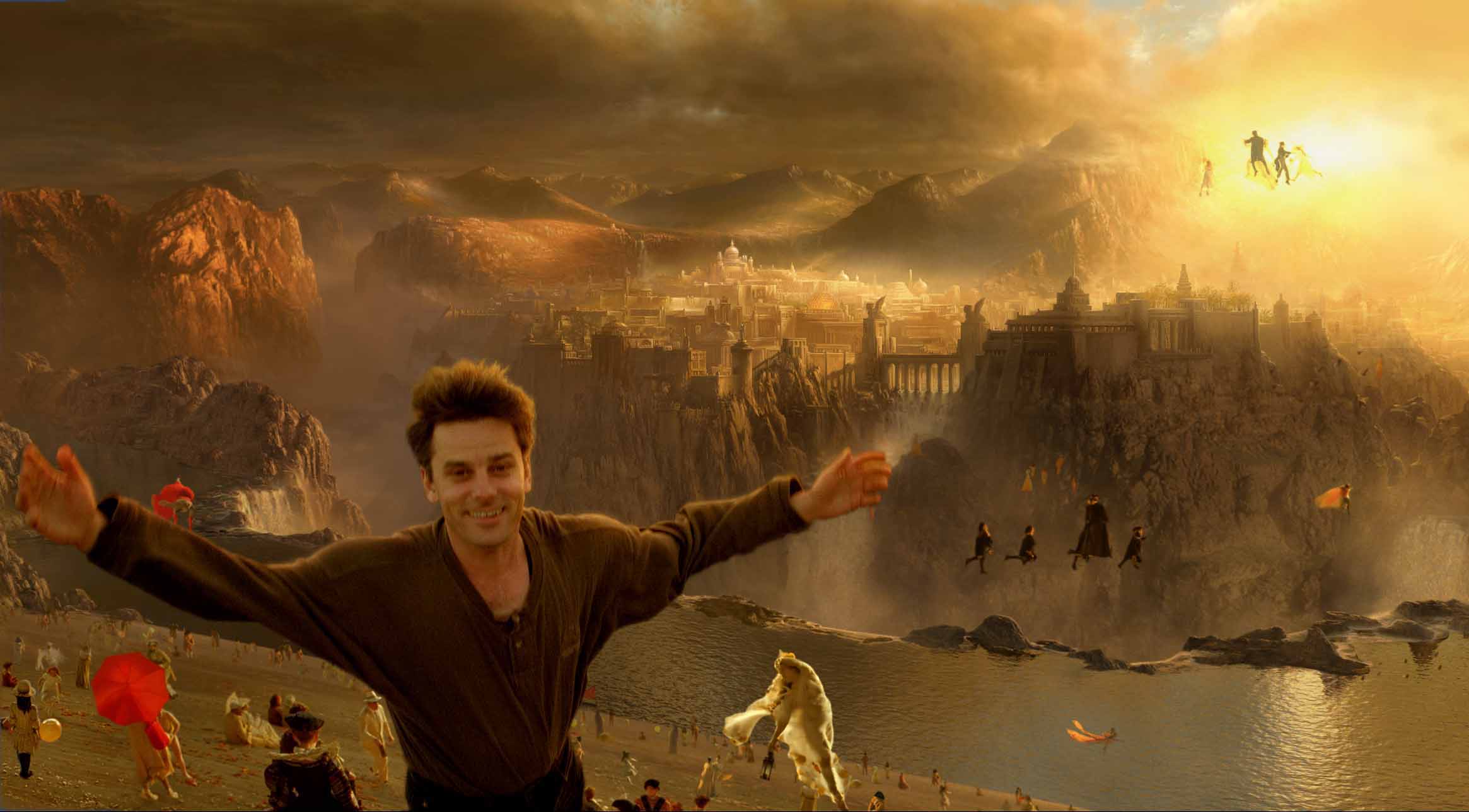
'Seeing too much?' Vincent on stairway set, with aerialists and visual composites, of 'What Dreams May Come' (1998)
The book takes the form of a descent into the underworld, disguised as a 'how to' film-making handbook. Film-maker and artist Vincent Ward was my case-study for a hypothesis about creativity and the arts. I had the idea that artists' practices are often driven by 'transformation rules', which turn raw material into art. An overriding 'rule' to which Vincent has been subject, I discovered, is that when seeing sees too much the gaze is reversed and seeing becomes traumatic.
The book 'Making the Transformational Moment in Film' unpacks cinematic moments in which this is staged, moments from Vincent's films but also from films made by others who crossed paths with him in various ways, and from what I think of as 'doppelgängers', ghostly doubles from elsewhen in cinema, elsewhen in the life of the imagination. Actor-director Samantha Morton is the book's most challenging visitation. The legendary but elusive director Perkins Cobb is another. In this sense, the 'self' that emerges as 'Vincent' is a troubled dialogical self that sits uneasily alongside his own carefully cultivated monological self-narrative. (See the 'practice' section here for notes about Vincent as 'auteur'.)
To think about where a 'transformation rule' like this one comes from, because they're not intentions or conscious strategies, much less techniques, the book charts some of Vincent's own elsewhens. To prevent this being reduced to mere biography, the book adopts various formal and presentational strategies. As a result, it aspires to be, not a coherent account of Vincent Ward's life and work, but a collage of Vincent as a fulcrum of intersecting cinematic practices, tensions. ambiguities, ambitions, achievements, conflicts, and moments.
Daniel Xavier Fleming
below: frame from 'River Queen' (2005)
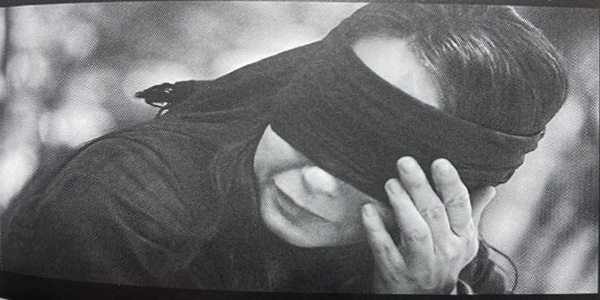
Cobb
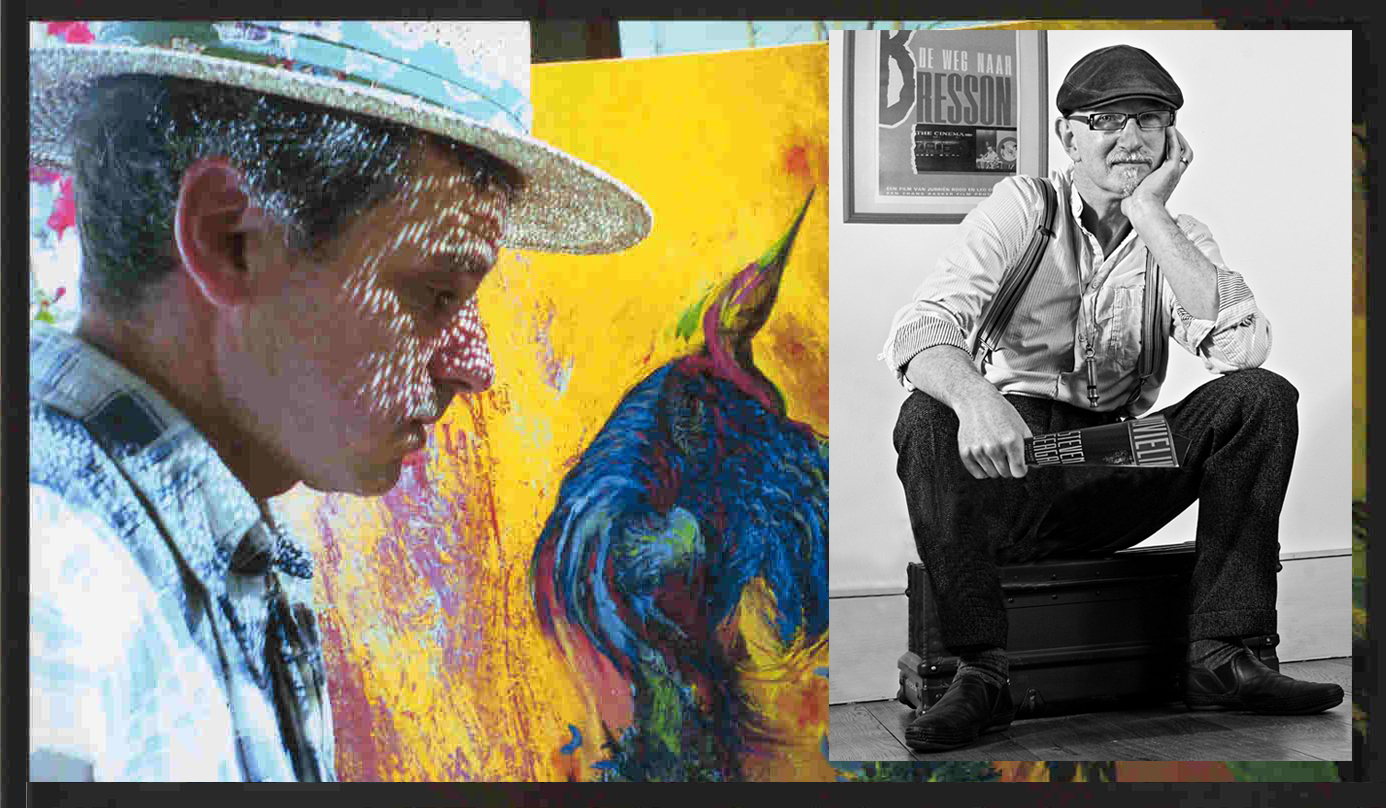
left: Vincent in 1995; right: Perkins in 2005
An instance of an elsewhen...
The book takes the form of a descent into the underworld, disguised as a 'how to' film-making handbook. Perkins Cobb is our companion on the journey. Why did Perkins Cobb, rebel film-maker, independent prodigy, self-mythologizer, exemplar of 'beginner's mind', director at 26 of much-lauded 'My Sweet Dread', become fascinated by Vincent Ward?
In my photograph of him, Perkins is holding the 'Movieline' magazine that, 14 years earlier, reported his own death in an automobile wreck in Utah, widely regarded as an act of self destruction and a tragic loss to American cinema, but in fact a hoax. The only film he has subsequently worked on was the unfinished 'Holy Boy', a documentary about Vincent, whom he had met some years before at a film festival screening of 'Vigil' and recognised as a soulmate. In my view, Perkins' unrequited longing for Vincent, whatever the nature of that desire, drove his obsession with the making of 'Holy Boy'.
Perhaps it was a longing for, and recognition of, whatever's represented by the always displaced (sometimes androgynous) 'holy boy' characters who populate Vincent's films. In that sense, seeing Vincent through Perkins' lens helped me see more than I expected.
When I met Perkins the post-hoax recluse in late 2005, saw a rough-cut and read his documentary script, I decided to write the book about Vincent, whose films already fascinated me. Vincent's 'River Queen' had just been released, after dramatic production travails that had piqued Perkins' interest, as they had mine. But this was delaying completion of 'Holy Boy' while Perkins figured out how to treat the real-life Herzogian drama that had taken place around Vincent in the upper reaches of a remote river valley.
On the trail of Vincent and rumours of serious trouble on the location, Perkins had lugged his gear for days up the Whanganui River valley only to find that he was on the opposite riverbank from the location shoot and that the river was uncrossable. I knew how he felt, as my own 'pursuit' of Vincent had ended in the same place, metaphorically.
For me, Cobb has been a spiritual doppelgänger of Vincent, and someone I might have been in another life. Pages from the 'Holy Boy' script and frame stills, used with Perkins' blessing, are interspersed through the book. The book also has an 'Afterword', a conversation with Perkins at the Cannes festival in 2009, where he was trying to sell his film.
footnote: Another 'holy boy', Perkins Cobb Jnr, died tragically young in 2006 after a period of depression, a further reason for his father's documentary remaining unfinished. He's buried among the headstones of Cobb and Perkins family ancestors in a remote rural graveyard in Plymouth County, Massachusetts.
Daniel Xavier Fleming ![]()

Practice

p227 'Making the Transformational Moment in Film'
The picture that gradually takes shape as the book progresses is of transformation rules embedded in a matrix of contextual cinematic factors, as shown above. The transformation rules may be highly specific to the creator or creators concerned, but the contextual factors are defining aspects of what we recognize as cinema generally. The specific transformation rules then add intensity to these factors in particular ways. - online resources and personal coaching, including Daniel's unique voXArt Studio Days®, launching in 2022 unused unused unused
'Auteur' qualities may then be considered to be formal articulations of contextual factors, transformation rules, and intensities. The book argues for a tipping point in instances such as Vincent, where the intensities overwhelm many of the contextual factors. Resistance to such 'overwhelm' has been a characteristic of what we think of as 'classical narrative film'. (See the NZWG review in the 'reactions' section, for further discussion of this.)
What the book names 'elsewhens' (temporal layers) are present but typically muted as factors in 'classical' film (where they are formalized as 'flashbacks' for example). However, they can come much more into the foreground in a different practice of film-making and creation, as they have done for Vincent. Transformational moments happen around such tipping points.
In its guise as a 'how-to' handbook, the book can't fully acknowledge its deeper conceptual debts, especially to an essay I read as an undergraduate in the mid-1970s studying film as a very new subject in the university. But the book is in fact an unpacking of key ideas from Erwin Panofsky's eye-opening essay - that films 'organize material things and persons' while producing a 'spatialization of time'. ![]()
Daniel Xavier Fleming
below: Chinese edition
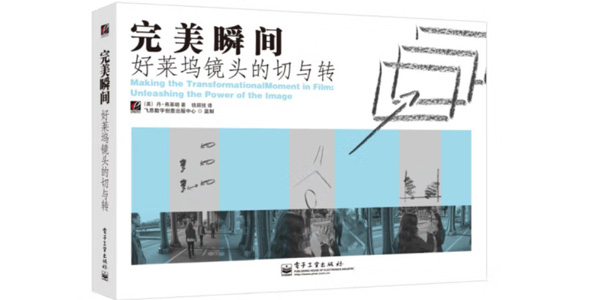
goExpressive

My blog
Contact
Information






